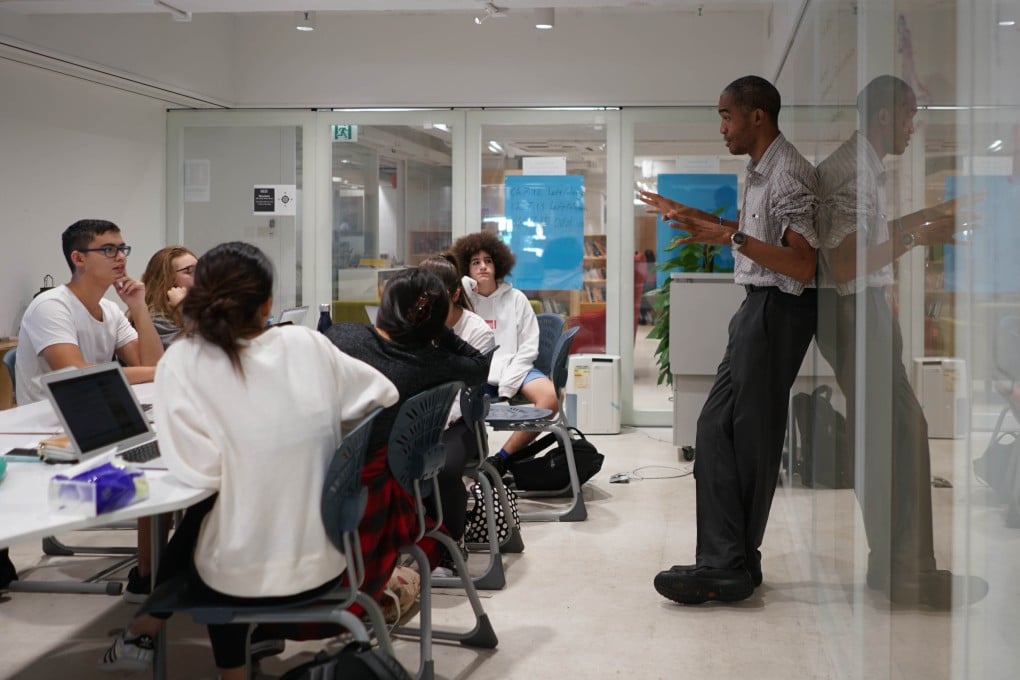Preparing high school students for success in college and beyond

[Sponsored Article]
As a student of literature and a high school English teacher, I have never once been asked by a university professor or one of my students to list the definitions of obscure literary devices from memory. If I am looking for a technical term long forgotten since the days of studying for Advanced Placement exams, I describe it to Google and it spits back options in seconds. Furthermore, by scrolling through the search results, I often learn a few additional terms that I had never thought to search.
In a job market where employers often have their own training around esoteric functions and which places an increasingly high premium on collaboration, problem solving, and critical thinking, the effort I expended in years gone by reserving brain space for words like anaphora and polysyndeton was not altogether worth it beyond the short-term goal of attaining a high score on the AP Literature and Composition exam and being able to list it as a feather in the cap of college applications.
When faced with the question of why traditional schooling today looks so much like it did one hundred years ago when the world of work has changed quite drastically, many educators respond that colleges have not changed at a corresponding rate and thus we who devise and deliver secondary school curriculum have our hands tied. But for all the ways that university classrooms look and feel traditional, success in these academic environments is quite a nuanced challenge.
Post-secondary experiences can vary across institutions within individual countries let alone across the world, but in many cases differentiating oneself in the university classroom is predicated on ultimately being able to contribute something original to your intellectual environment. Regurgitate, rinse, repeat strategies are rarely effective in the long term if the academic program is rigorous and assistance is not always readily available.

University students are faced with important strategic choices around which academic pathways to pursue, how best to keep up with the prerequisites of their curricular program, how to find mentors, build relationships, and make the most of the resources and connections their school has to offer. All this so that they enter the world of work with a clear narrative and, if not an explicit career pathway laid out, a roadmap for finding one (not to mention the adaptability and resilience often required to be successful in modern job markets).